Understanding Sports Surfaces in the role of a Civil Engineer
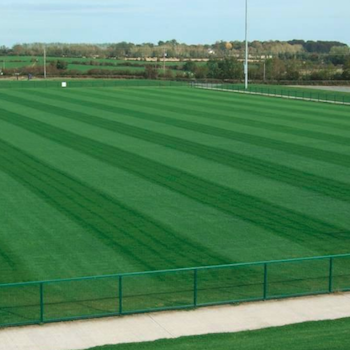
Sports surfaces are a specialised area of expertise engineering. Donal Kearney of the Irish Institute of Sports Surfaces gives an overview construction design & standards that should be observed
19 July 2016
There is a wide variety of answers to this question, depending on whether you are a user or team player, if you are someone responsible for the maintenance of the surface, a supplier of its materials, a contractor for construction or maintenance, spectator or researcher.
There are numerous different types of sports surfaces nowadays, even within the same sport type, not all artificial surfaces and natural grass surfaces are designed nor constructed the same using the same equipment for a variety of reasons, nor can they be built the same for a variety of localised climatic conditions not to mention the budgetary constraints of the owner. They each take a specialist understanding of each site on its own merits, for the end users benefit and especially for their budget to maintain them, which should never be confused by providing substandard unsafe unplayable surfaces at any low budgetary cost.
There have been many key historical developments in the industry of Sports Surfaces. Many sports that are still extremely popular today have origins that date back centuries, when surfaces even just 10 years ago or more would typically have been untouched local fields and common open spaces of land that were not viewed as prime for agriculture.
Only now the popularity of Sport in the professional sports and by parents at community level in the modern era has demanded better playing standards, especially nowadays users require their need for 12 months (includingfloodlight use for winter games) of the year in all weather conditions.
There have been great strides and advancements in natural surface preparation (e.g. drainage systems, rootzone composition, grass species, machinery), and more recently technological leaps forward in the integration of artifical fibre into natural grass surfaces especially for stadia surfaces where the micro climate is so much different to open environments. The development of artificial surfaces since the 1950’s in the USA (first generation to third generation types) and indeed some manufacturers claim to have invented a fourth and fifth generation synthetic surface but the jury is still out on those by governing bodies of sport…. have brought along all sports whether its Golf Greenkeeping, Football Groundsmanship, Tennis, Cricket, Hockey or Horse Racing tracks all of which can be played on either artifical or natural grass surfaces.
It is for this reason amongst many that the Sports Surfaces Industry is a niche area requiring specific expertise outside of general Civil Engineering to acheive these demanding standards whilst it is also for this reason why many modern sport surfaces fail within a few years after construction when this expertise is not understood nor looked for by engineering firms.
A need for standardisation of sport surface testing playability standards has become more relevant for professional use especially in terms of safety for user. The importance of research has brought the use of surface testing to standardise the degree of safety for users. It is due to this why many amateur sportspeople become injured when the surface they play upon has been poorly constructed and injury prone.
It is also beneficial for clients to use these standards for tendering purposes to ensure the expectation required is delivered for the end user. However many times this concept can be misused by poor advisors and the client receives a playing surface far too expensive for the maintenance it requires.
Some Surface testing to European Safety standards include a range:
- Ball rebound
- Ball roll
- Shock Absorption
- Slip resistance
- Vertical deformation/hardness
- Rotational resistance
- Surface Infiltration



 Print
Print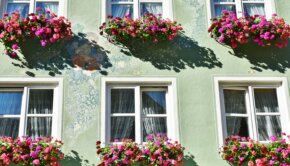
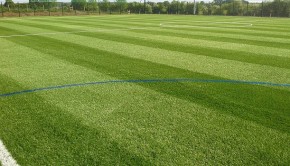

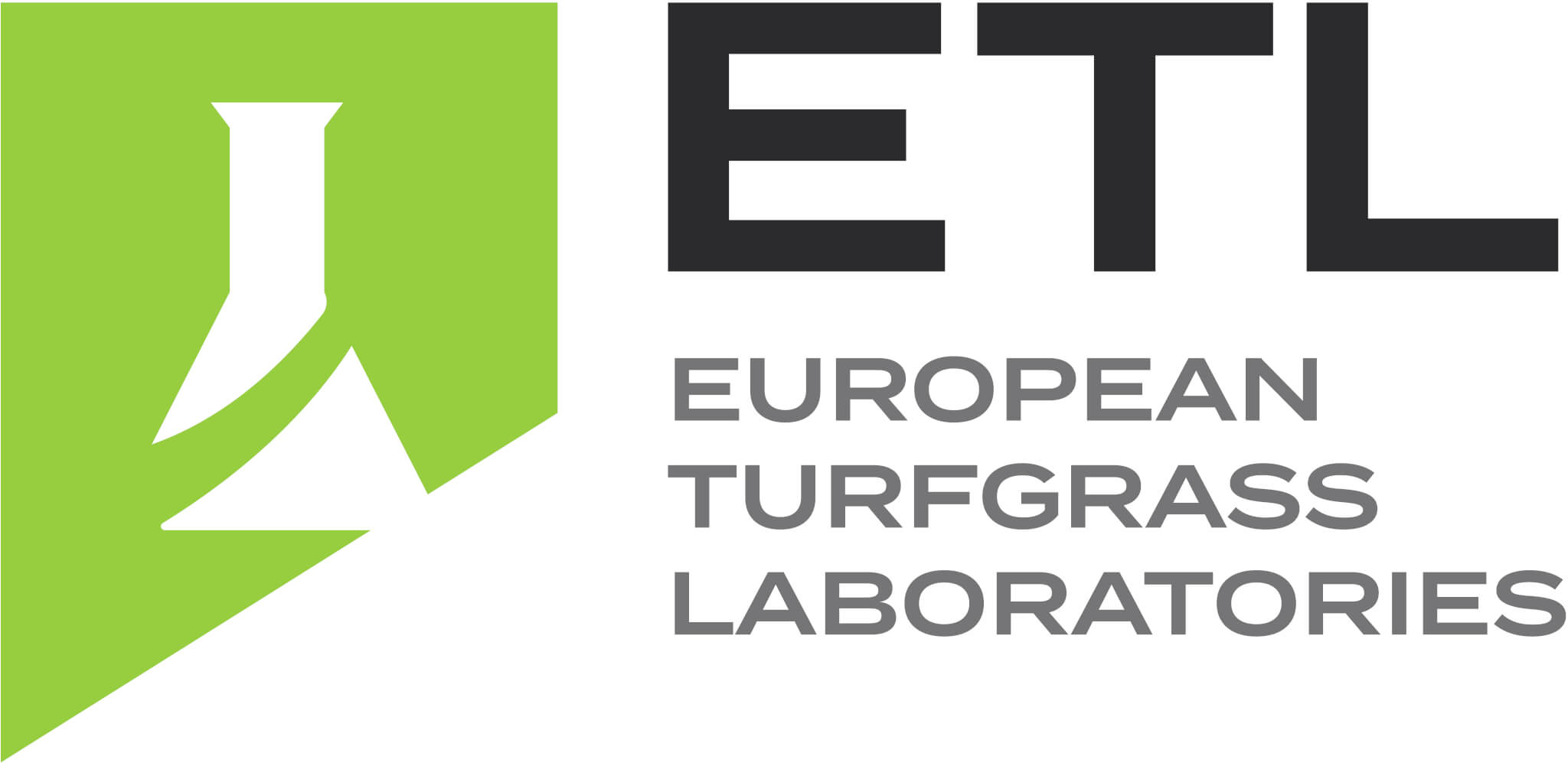
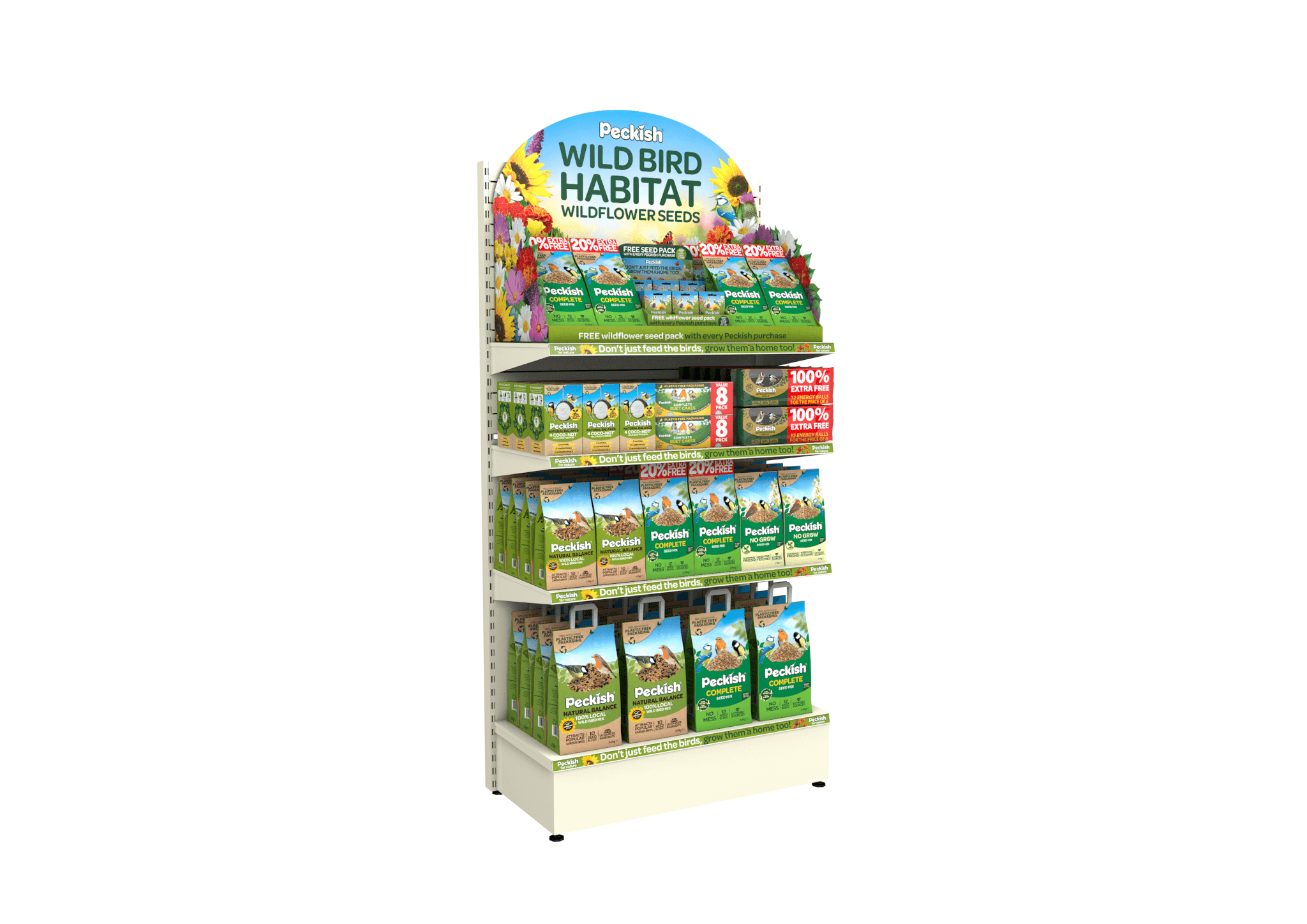
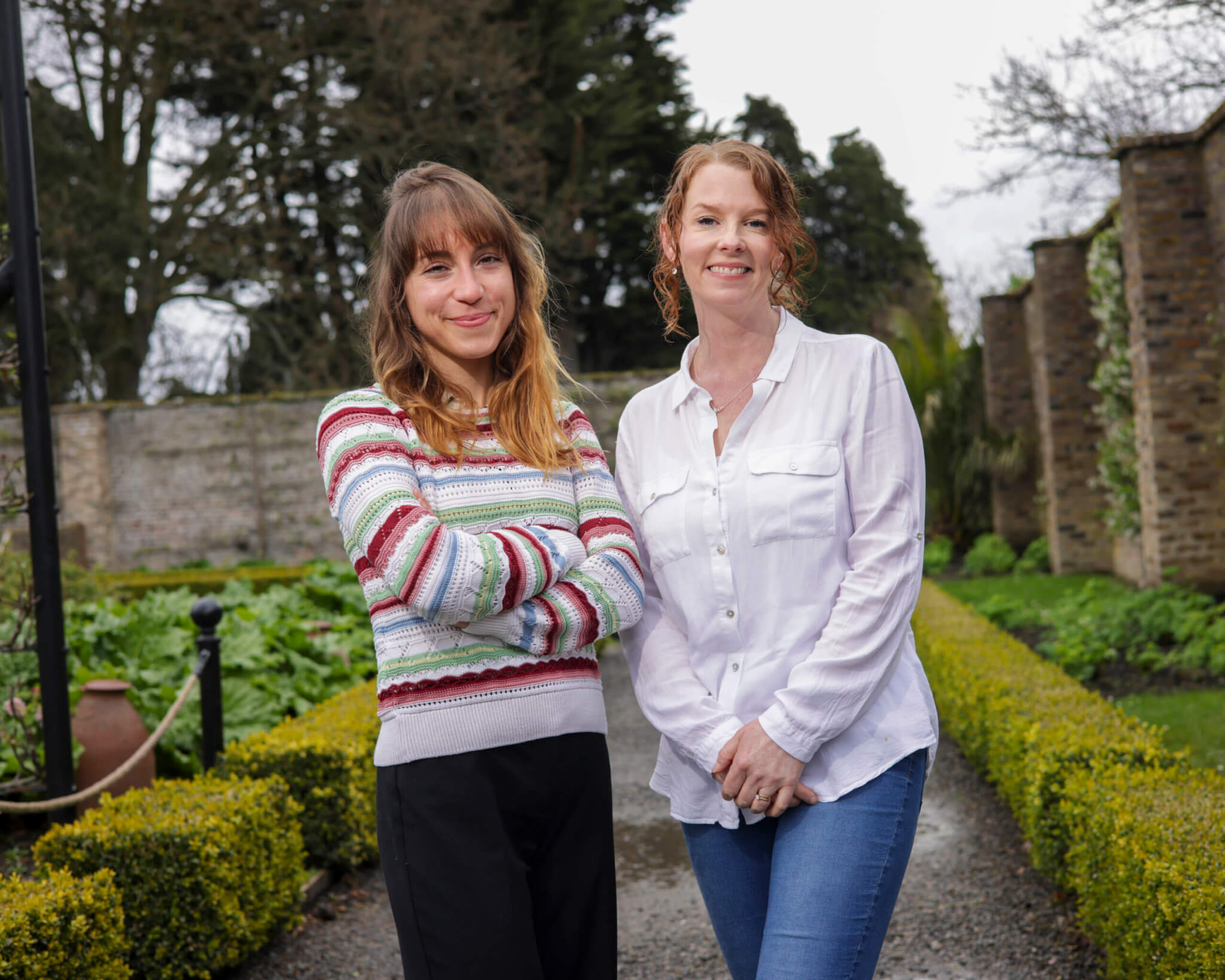
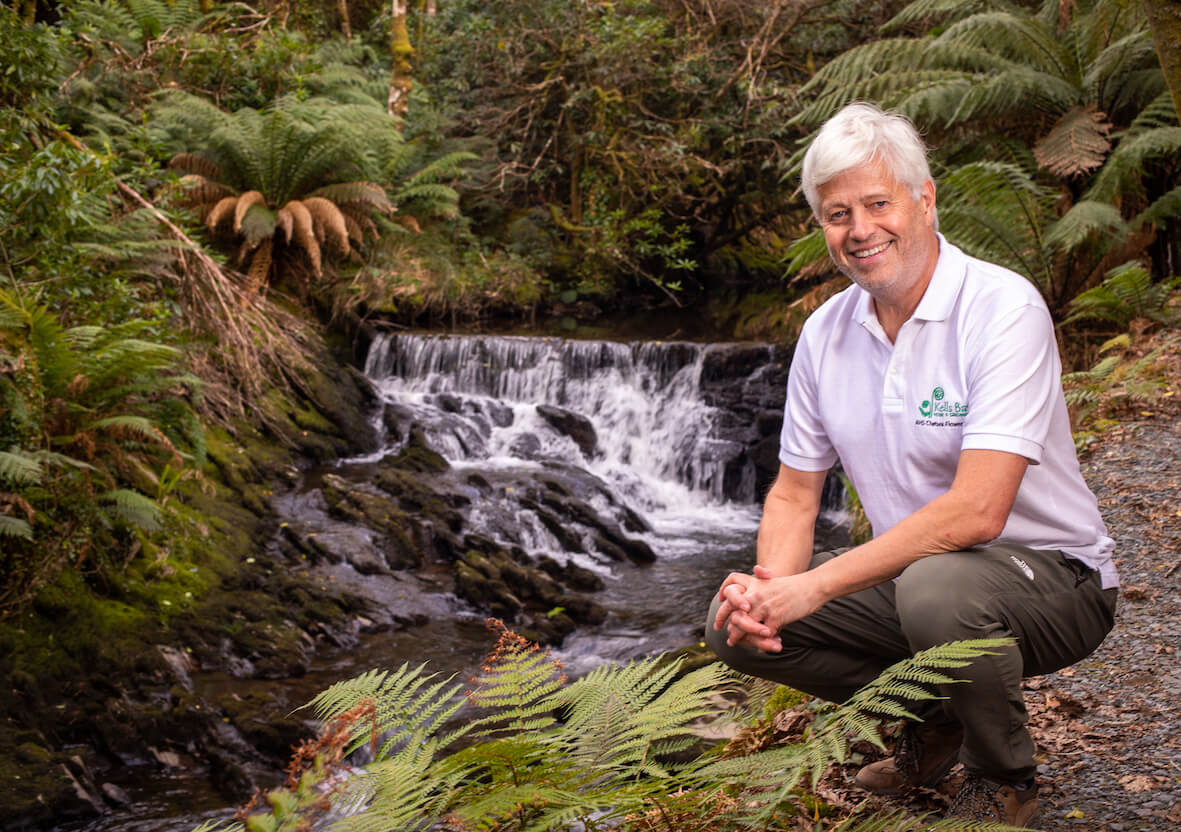

Fans 0
Followers